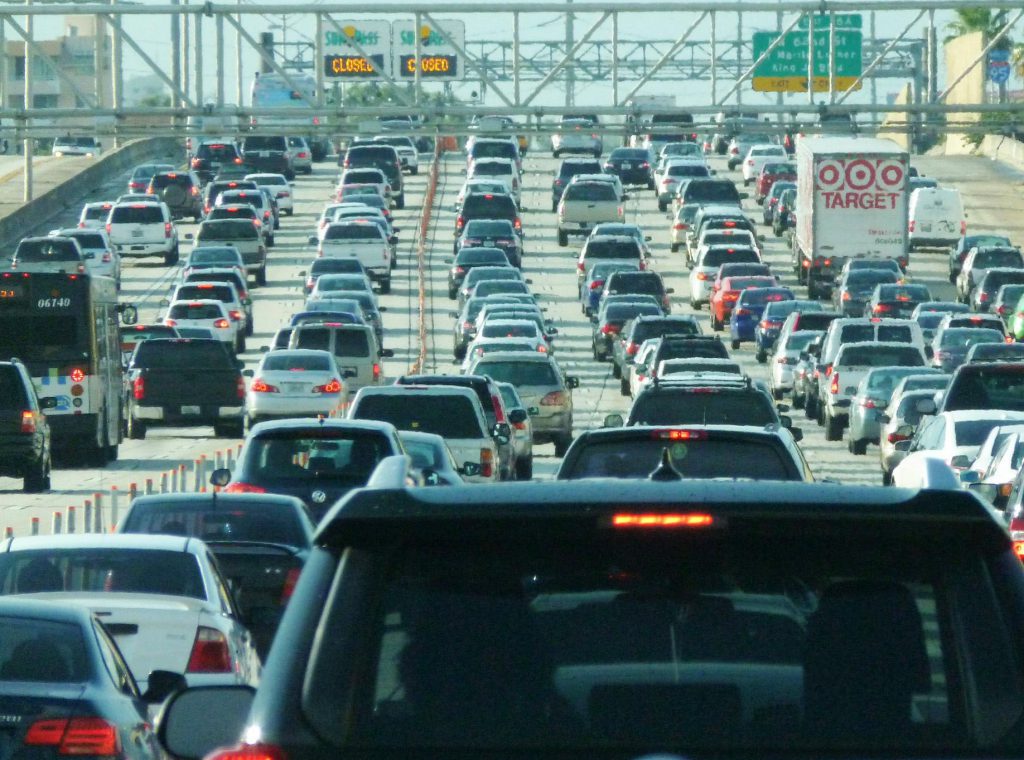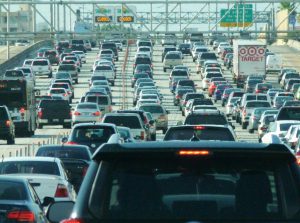
People are shocked! “Shocked” at gas prices. How long have we been having this conversation? Corollary – how long have we been avoiding this conversation?
Obviously, everyone and their mother is mad, mad, mad about the high price of gas, in part because Americans now are back to driving just about as much as they did before the pandemic. We’re not going to the office, but we’re not staying home. From Virginia to Colorado, drivers are liable to pull up to the pump and be greeted with a sticker of Joe Biden, pointing at their total: “I DID THAT!”
A look back at 2011 suggests an interesting counterfactual: What if, facing those high prices, we had made changes on the demand side instead? Believe it or not, this was what some people thought might happen. President Barack Obama took that moment (and the conditions created by the auto bailout) to set new Corporate Average Fuel Economy standards, known as CAFE, which put in place ambitious fuel efficiency goals for automakers. “Slowly but surely Detroit is shifting its attention from SUVs to cars,” All Things Considered reported in March of that year.
You won’t believe what happened next! It’s all ugh. I don’t wish anybody ill on this point. It’s certainly not enjoyable to being filling up on $4.39 per gallon multiple times in a week, but come on. The conversation about more roads all-the-time, living rilly rilly far from work, school, shopping goes back quite a bit farther than 2011. It’s not just smaller cars but a whole suite of living conditions that continue to be – ta-da! – unworkable, which should be the new unsustainable. The larger unworkable situation – sprawl, mostly non-existent public transit, and yes, gigantic vehicles – makes $4 gas that much more painful, as well as Groundhog Day all over and over again.
[You] Make it stop.


